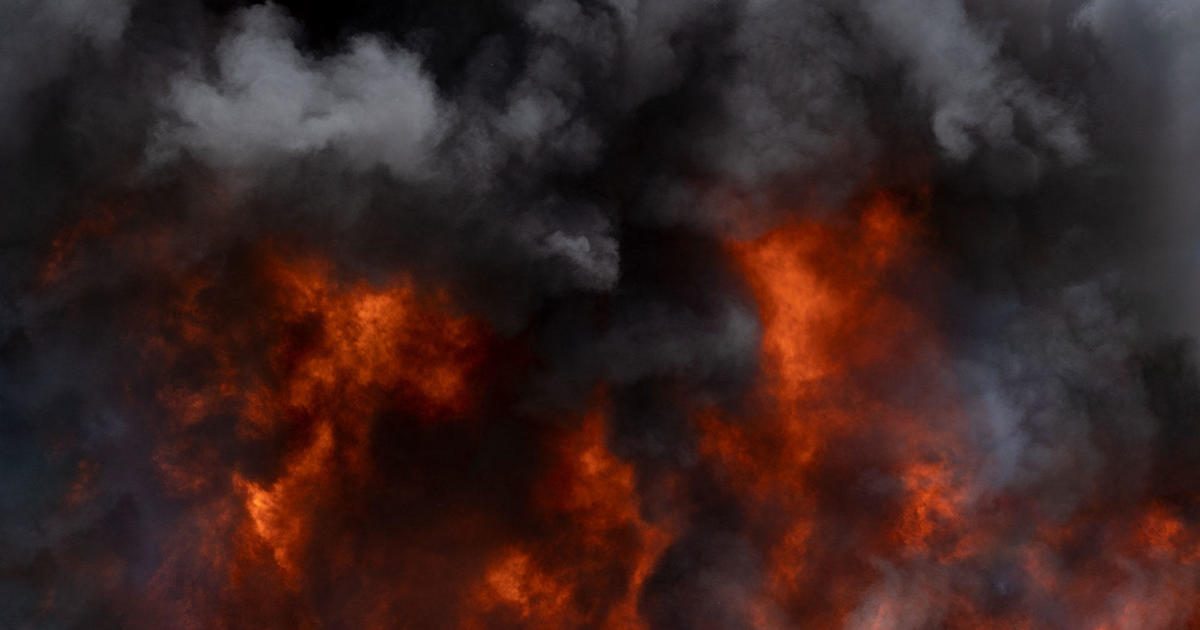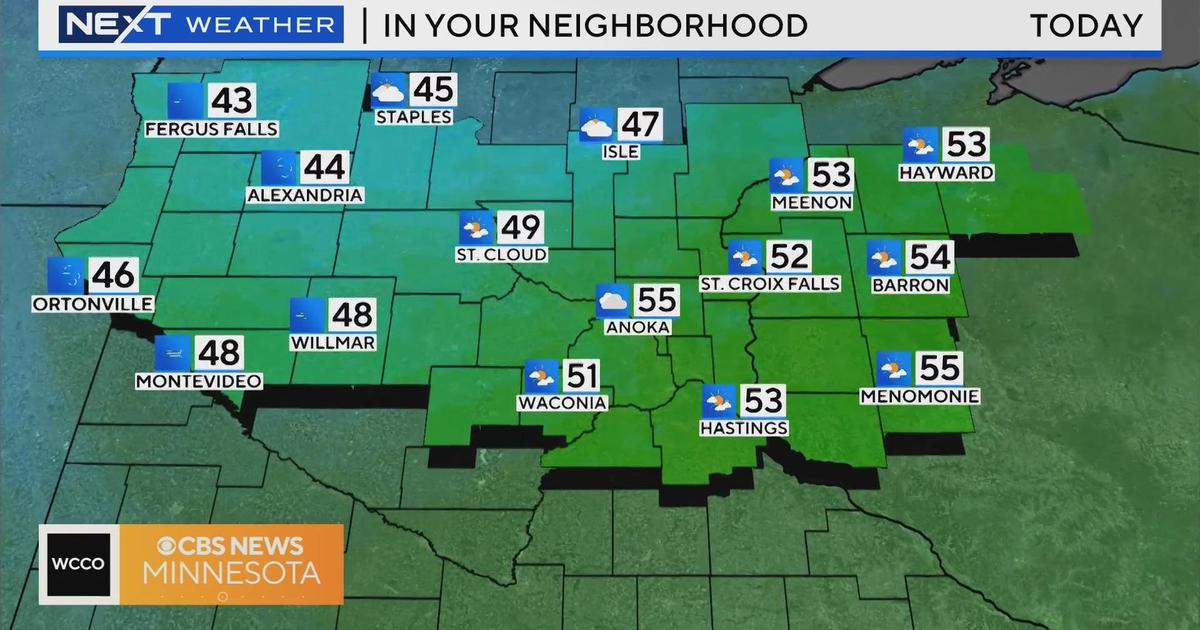Weather Blog: Aurora Borealis
At the end of September, a coronal mass ejection from the Sun initiated an impressive display of one of Mother Nature's most spectacular displays, the aurora borealis or the Northern Lights. The aurora was witnessed in many regions across the northern latitudes, including, according to NASA, five U.S. states; Michigan, New York, South Dakota, Maine and, yes, Minnesota!
Check out this amazing video of the aurora in Finland, documented by a Finnish production company, Flatlight Films. Pretty awesome!
The aurora borealis is formed when charged particles emitted in a stream from the Sun, known as solar wind, interact with the Earth's magnetic field. A burst of solar wind on a massive scale is called a coronal mass ejection or CME. The occurrence of a CME can increase the likelihood of aurora formation by delivering an abundance of solar particles. The particles travel along the Earth's magnetic field toward the Poles, where they collide with atoms in Earth's upper atmosphere inducing the dramatic display of light. This interaction is also referred to as a geomagnetic storm.
The color of the aurora is related to which atmospheric atoms the solar particles collide with and the altitude at which the collision occurs. Green results from oxygen atoms, up to 150 miles in altitude, Red: oxygen, above 150 miles, Blue: nitrogen, up to 60 miles, Violet: nitrogen, above 60 miles in altitude.
Aurora borealis occurs in the northern hemisphere, and its southern hemisphere counterpart is called aurora australis or the Southern Lights. The best time to see aurora borealis is in spring and fall, and is best viewed around midnight although it can be visible from dusk to dawn. Viewing is also optimal on a moonless night, and of course away from city light.
The Geophysical Institute of the University of Alaska-Fairbanks issues a daily forecast for auroral activity. For October 10th, the Institute is forecasting 'moderate' activity, and with weather permitting of course, the aurora will be visible low on the horizon across northern Minnesota, including Bemidji, Duluth and Ely!
Check out the link to the aurora forecast and see if you fall into the aurora area!



